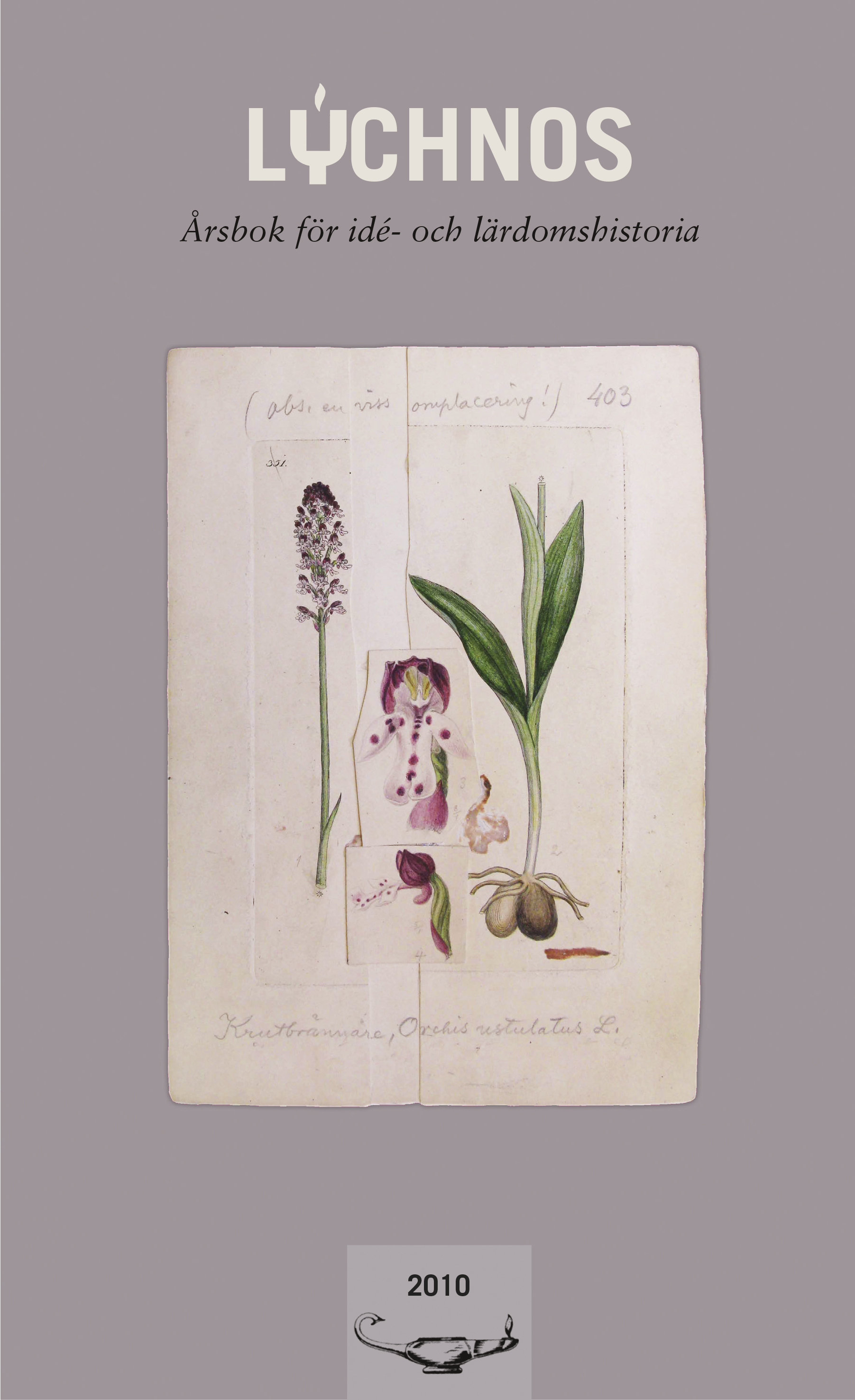Gengas och ohälsa
Den medicinsk-vetenskapliga kontroversen kring kronisk koloxidförgiftning 1944–1961
Abstract
During World War II, wood gas became the primary fuel for Swedish motorists. Although reliable as an emergency fuel, wood gas caused concern due to its high percentage of carbon monoxide, leading to acute and chronic carbon monoxide poisoning mainly among workers in the transport sector. Chronic carbon monoxide poisoning became an intensely debated diagnosis within the medical community. The article discusses this controversy with specific regard to Thomas Gieryn’s boundary theory and the concept of culture-bound diseases in Sweden primarily associated with Karin Johannisson’s research in the field of the history of medicine. Source material includes medical scientific publications and archive material from a state research centre handling chronic carbon monoxide poisoning. Politically the diagnosis reached high credibility, but within the medical profession the diagnosis and its clinical practice were criticised. Symptoms were diffuse and included general fatigue, headache, vertigo, sleeping problems, apathy and decreased libido. Doctors diagnosing patients with chronic carbon monoxide poisoning had primarily to rely on patients’ own descriptions of their ailments, although some clinical tests were also executed. The first clinic specifically aimed at carbon monoxide poisoning, Sabbatsbergs gengasklinik, received criticism for over-diagnosing. The clinic was accused of creating a wood gas scare in the Stockholm region and causing an epidemic of imagined chronic monoxide poisoning, spurred on by extensive writings in the popular press. The controversy concerned problems of discerning those who were considered to be “objectively ill” from those who through fear had induced chronic carbon monoxide poisoning upon themselves.
Notions of working-class masculinity, boundaries between physical and mental illness as well as a clash of interests between the labour movement, national social insurance offices and private enterprise are some of the facets within a complex controversy ultimately focused on drawing boundaries between legitimate and illegitimate patient demands and achieving epistemic authority.
Downloads
Publicerad
Nummer
Sektion
Licens
This work is licensed under a Creative Commons Attribution 4.0 International License. The copyright for the work published in Lychnos remains with the authors.


